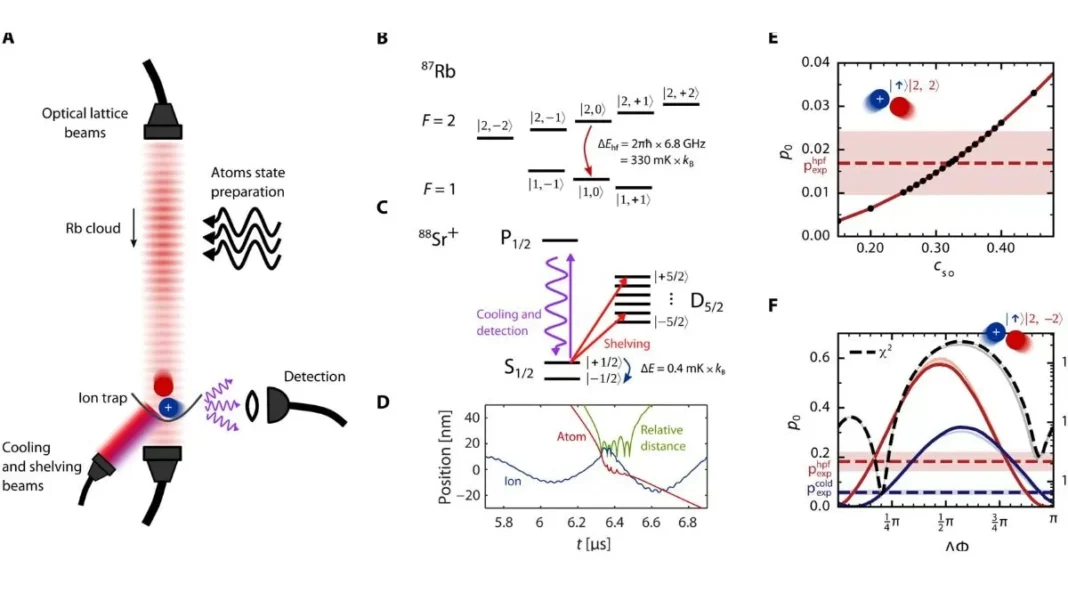Scientists from the University of Warsaw and the Weizmann Institute of Science have made a groundbreaking discovery that challenges our understanding of atomic collisions. In a recent study, they have shown that atomic collisions can be effectively controlled even at temperatures beyond the ultracold regime. This finding not only expands our knowledge of quantum control but also opens up new possibilities for manipulating atomic interactions.
For many years, it was believed that quantum control becomes weaker as the kinetic energy of particles increases. This limitation has been a major obstacle in the study of atomic collisions at higher temperatures. However, the joint research team from the University of Warsaw and the Weizmann Institute of Science has shattered this belief by demonstrating that quantum control can still be achieved at high energies.
The team conducted their experiment using rubidium and strontium atoms, which are commonly used in ultracold atomic physics research. By cooling the atoms to extremely low temperatures and then colliding them, the researchers were able to observe the behavior of the particles and their interactions.
The results were surprising. The team found that even at high temperatures, the atoms exhibited an unexpected order in their collisions. This suggests that quantum control is not limited to just ultracold temperatures, but can also be achieved at higher energies.
This discovery has significant implications in the field of quantum technology. One of the major challenges in developing quantum devices is maintaining control over particles at higher energies. With this breakthrough, scientists can now explore new possibilities for manipulating atomic interactions and developing advanced quantum technologies.
The lead researcher of the study, Dr. Marcin Pawłowski from the University of Warsaw, explains, “Our findings show that quantum control is not restricted to the ultracold regime and can be extended to higher energies. This opens up a whole new avenue for studying and manipulating atomic collisions, which has been limited by the belief that quantum control weakens at higher temperatures.”
The team used a novel experimental approach to achieve their results. They used a technique called Optical Lattice Shaking, which involves rapidly changing the potential energy of the atoms during the collision process. This allowed them to effectively control the collisions and observe the unexpected order in the atomic interactions.
The study has been published in the prestigious journal Physical Review Letters and has garnered attention from the scientific community worldwide. Dr. Pawłowski and his team are excited about the potential of their discovery and believe that it will pave the way for further research in this field.
Dr. Alex Retzker, a co-author of the study from the Weizmann Institute of Science, says, “Our findings open up new possibilities for quantum simulations and quantum technologies. We are already exploring the potential of our discovery in developing advanced quantum devices.”
The implications of this study go beyond just quantum technology. By challenging the conventional understanding of atomic collisions, it also has the potential to advance our knowledge of fundamental physics principles. It may even lead to new discoveries in other fields of science such as chemistry and material science.
The joint research team’s groundbreaking discovery has not only expanded our understanding of quantum control but also opened up new avenues for research and development. It is a testament to the power of collaboration and the endless possibilities of scientific exploration. With this new knowledge, we can look forward to more groundbreaking discoveries and advancements in the field of quantum physics.



